GitOps with copebit – Modern Continuous Deployment for Kubernetes

copebit has been constructing container-based application platforms since 2018, leveraging the extensive experience of its team with technologies like Docker, Kubernetes, and ECS. This history has provided deep insights into how containerization accelerates and enhances the security and agility of application engineering in the cloud.
The evolution of these container environments has brought increased complexity, driving the adoption of DevSecOps practices to foster shared responsibility for infrastructure and application support.
Our approach to building infrastructure has consistently emphasized full automation and infrastructure-as-code principles. Initially, we utilized Terraform for infrastructure provisioning and push-based CD pipelines for Kubernetes deployments. However, as Kubernetes environments scaled and service counts rose, limitations within large Terraform stacks and intricate CD pipelines became apparent.
To overcome these challenges, we transitioned the continuous delivery aspects and in-cluster operations to a GitOps model. This strategic shift has enabled our clients to achieve faster, more secure, and highly automated deployments, facilitating the rapid and low-risk implementation of incremental changes.
Additionally, GitOps provides a robust foundation for Platform Engineering Architectures.
Technology Stack & Architecture
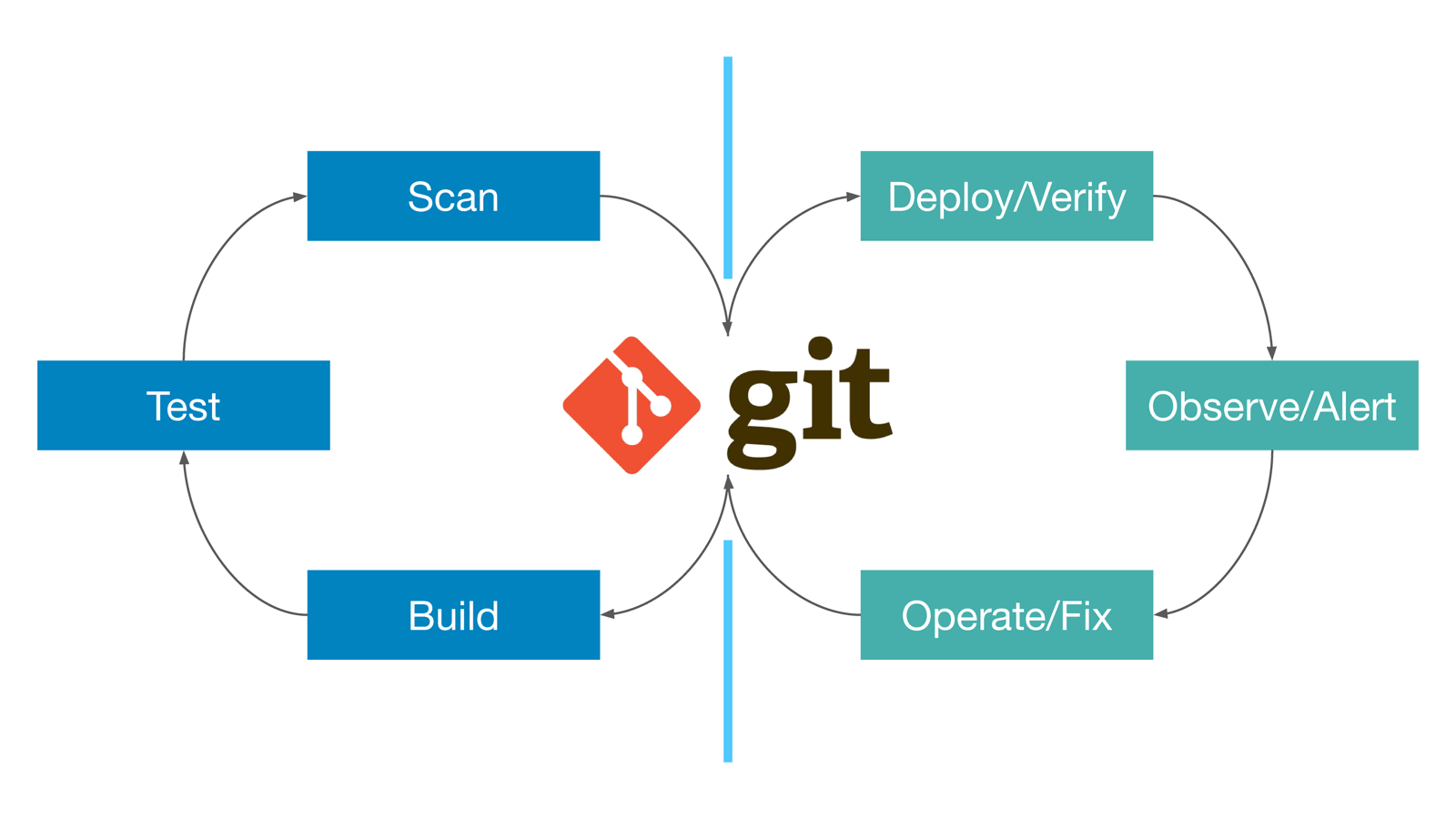
GitOps
GitOps with Flux leverages Git as the single source of truth for infrastructure and application configuration, automatically synchronizing the desired state in Git with the live cluster. Flux, a GitOps tool, monitors Git repositories for changes and applies them to Kubernetes, ensuring deployments are declarative and auditable. copebit uses Flux to automate the deployment of Kubernetes services and applications by managing configuration files in Git, enabling faster, more secure, and incremental changes to client environments.
Flux introduces an “immutability firewall” by only allowing changes to the cluster through Git commits, preventing direct manual modifications and enforcing configuration consistency. copebit utilizes this immutability firewall to maintain a clear and auditable history of deployments, reducing the risk of configuration drift and ensuring deployments align with the declared state in Git.
In GitOps, source code management is paramount; a stable Git repository directly translates to stable operations. We recommend utilizing reliable Git platforms such as GitLab.com or GitHub.com, though self-hosted alternatives are also viable.
Our integrated setup prioritizes security, particularly in secrets management. We leverage secret stores like AWS Secrets Manager or HashiCorp Vault, enabling robust protection and a high level of security for sensitive information.
A compact dashboard provides a visual representation of GitOps operations. Furthermore, integrating Flux with GitLab offers comprehensive status monitoring directly within the source code management system, which serves as the primary interface for developers.

Secure Operation
Flux’s pull-based Continuous Deployment model allows for fully private clusters without exposed endpoints. Consequently, DevOps teams can have their administrative permissions reduced, with Git serving as their primary interface.
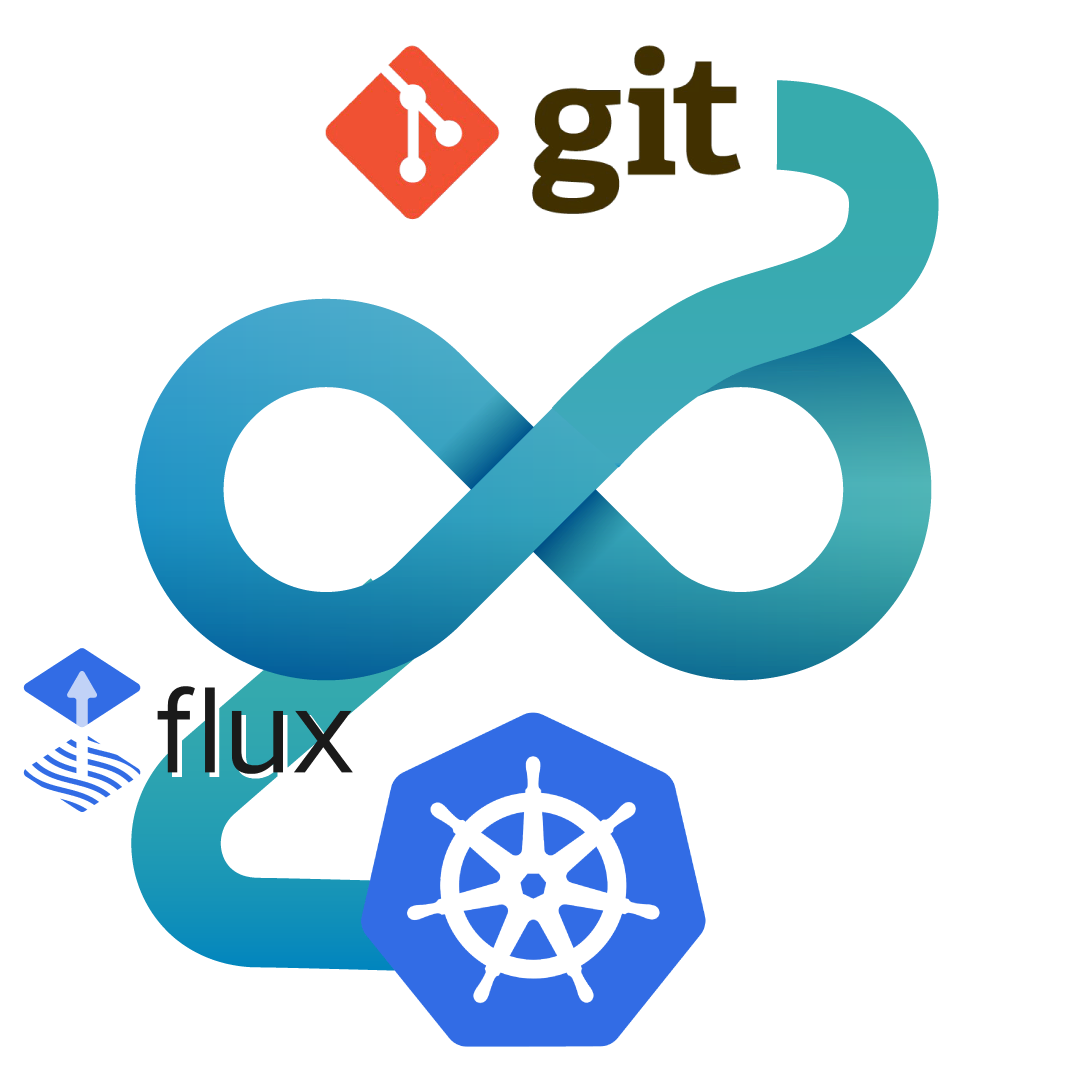
Pull Based
Flux operates as a Kubernetes controller, connected to a Git repository. It retrieves changes from the repository and applies them directly to the cluster. These changes are implemented as native Kubernetes objects using standard manifests, avoiding additional layers of abstraction.

Complete Control
Using elevated cluster permissions, Flux eliminates the need for administrative privileges for DevOps personnel. It continuously synchronizes with the repository, ensuring that the cluster state mirrors the repository contents. Conversely, any cluster modifications are automatically reverted to the repository’s state, guaranteeing complete and ongoing synchronization between the two.
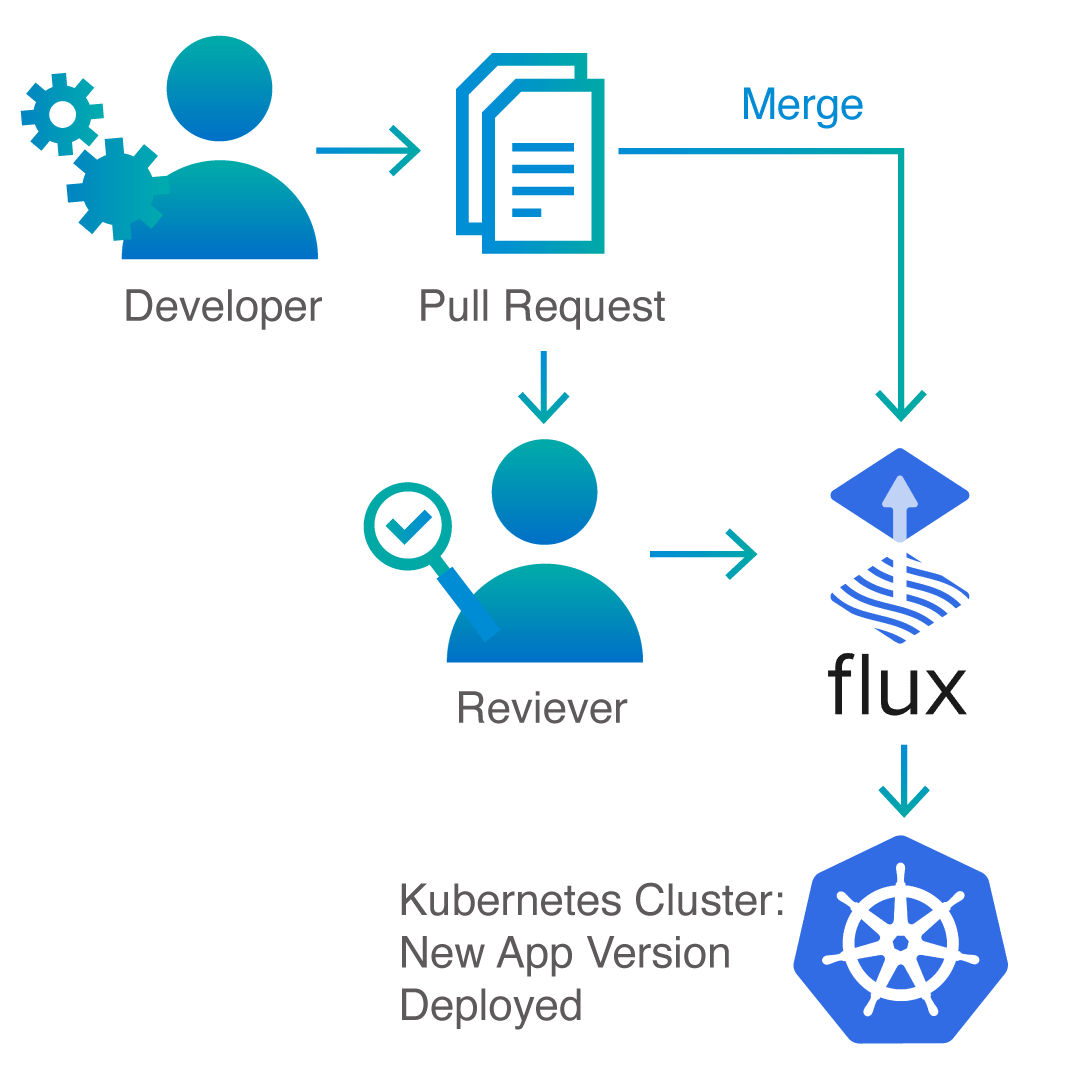
Native Developer Tools
Application developers utilize their familiar tools to implement changes on the Kubernetes platform. Their workflow involves committing code to a repository, undergoing review and merging, followed by an automatic pull to the cluster by the controller once the complete code review process is finished. This entire process is managed through the console and the developers’ standard daily tools. copebit is leveraging Git branching strategies to gradually roll out changes to different EKS environments.
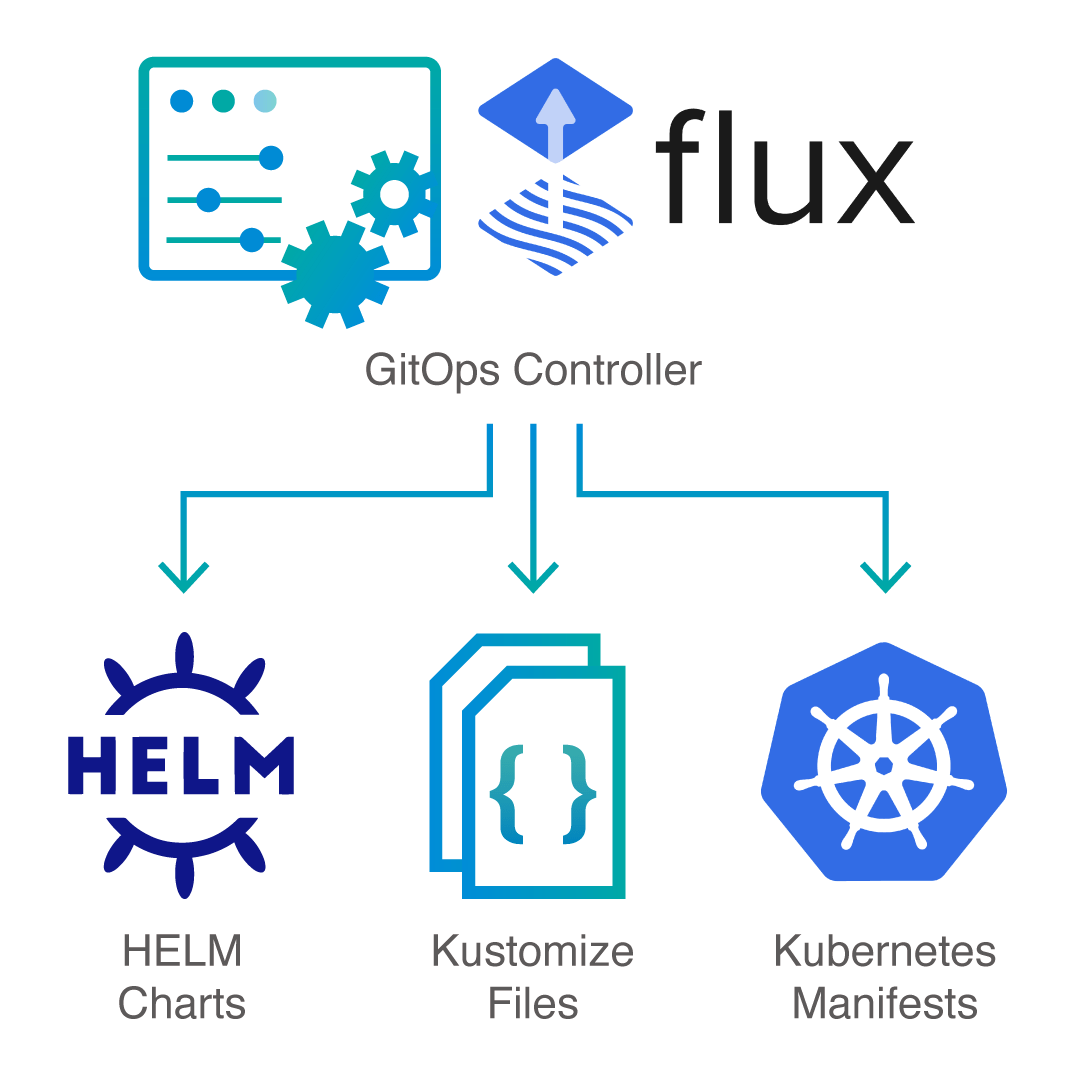
Deployment Options
Flux and any other GitOps tool like ArgoCD support deployment artifacts: Kubernetes Manifests, HelmCharts, Kustomize-Files and others. It can also not only synchronize git repos, but also HelmRegistries, and other OCI-compliant repositories.
Implementation Blueprint
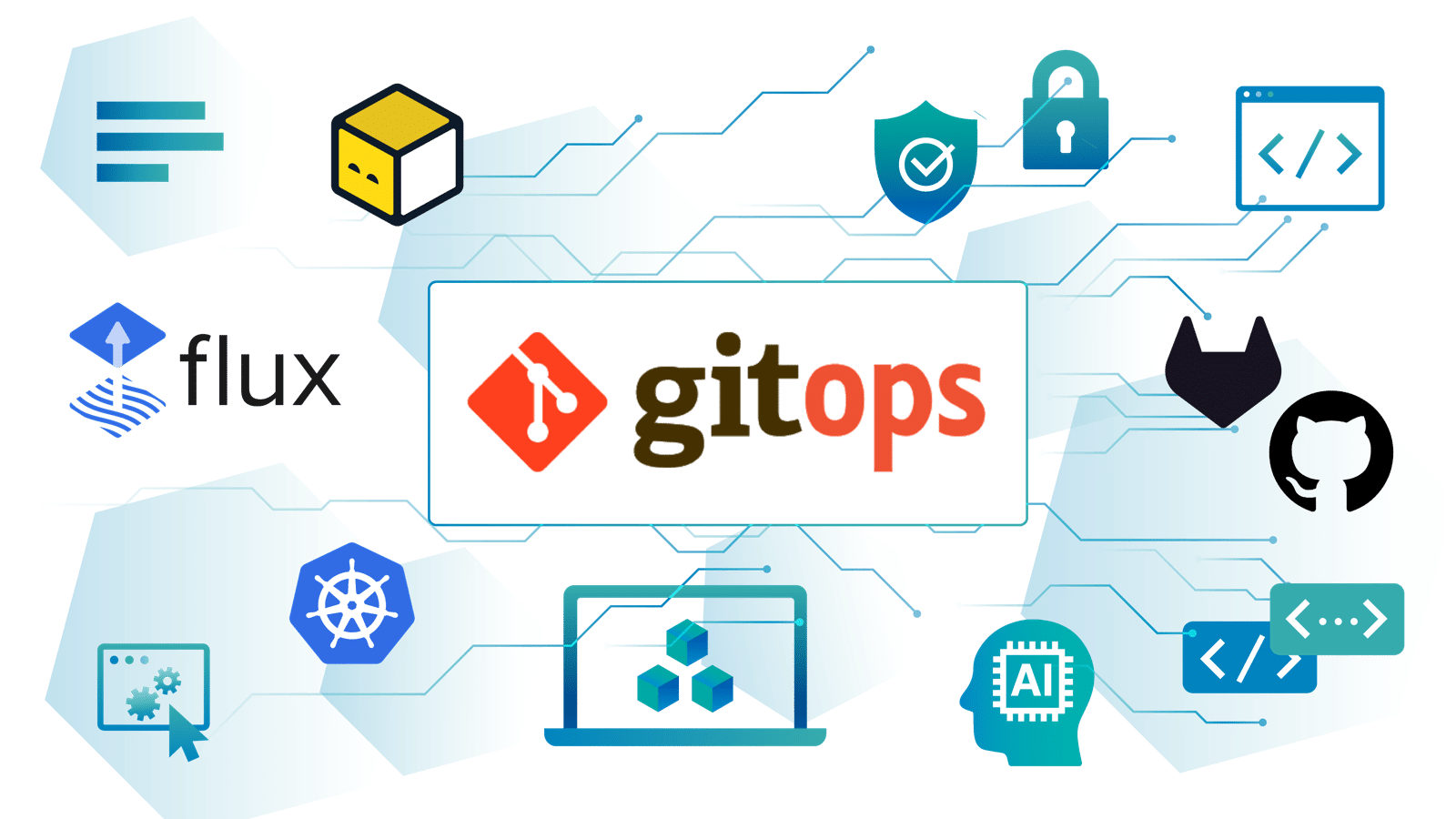
copebit utilizes Terraform/Tofu to construct infrastructure, codifying all necessary resources as infrastructure as code.
The infrastructure is deployed, and the Flux controller is installed on the cluster through a fully private, secure, and automated process.
A Git repository is set up, referencing copebit’s thoroughly tested Helm charts. These charts facilitate the deployment of essential Kubernetes services, currently encompassing around 15 highly regarded services, including external-secrets, storage solutions (block and file), ingress controllers, and security tools like the Kyverno admission controller.
Additional repositories for customer-specific application deployments can be integrated and managed independently.
This methodology ensures a structured, secure, and automated initial deployment, while also promoting ease of operation.
copebit continuously maintains all Tofu code and Helm charts, each benefiting from comprehensive automated test suites to guarantee reliable deployment artifact rollouts to customer environments.
Why copebit for GitOps based CD Pipeline?
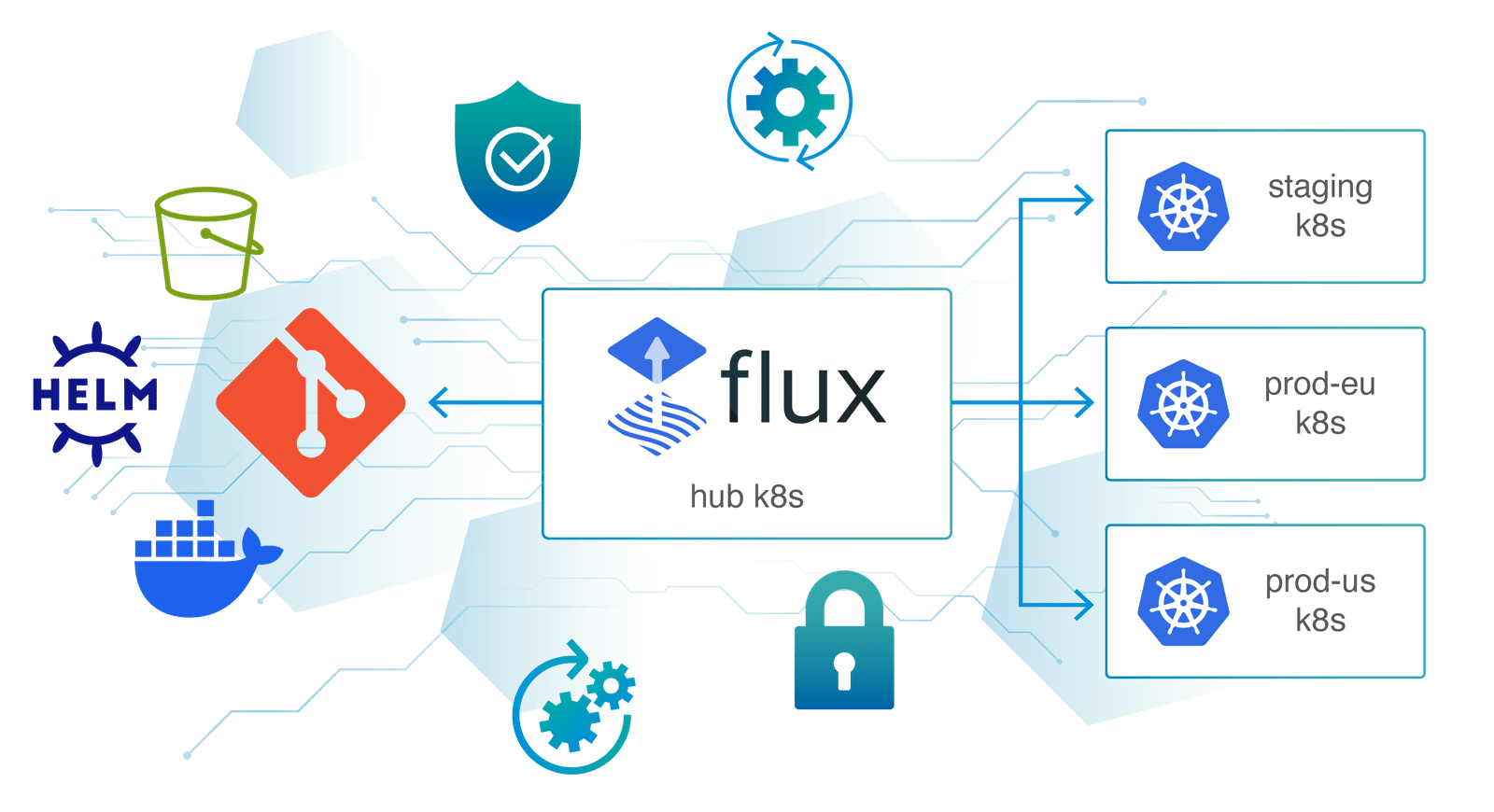
Key Advantages with GitOps and Flux
- GitOps-Driven Consulting: Leverage our expertise to implement full-stack, cloud-native solutions managed entirely through GitOps principles and Flux CD, ensuring infrastructure as code and automated deployments.
- Secure Management via GitOps: Infrastructure and application changes are managed through secure Git repositories and Flux, eliminating external exposure and shadow telemetry.
- Production-Grade with Flux CD: We apply robust platform engineering practices—IaC, GitOps workflows powered by Flux, secure delivery pipelines, and comprehensive observability—from the start of your initiatives.
- Transparent and Version-Controlled Assets: Benefit from complete access to all project materials, including infrastructure definitions managed by OpenTofu and Flux, and architectural diagrams maintained under version control.
Why Choose Us for GitOps and Flux?
As a trusted delivery partner with a proven history of successful enterprise AWS projects utilizing GitOps, we bring unparalleled precision and repeatability to your adoption with Flux CD at its core.
